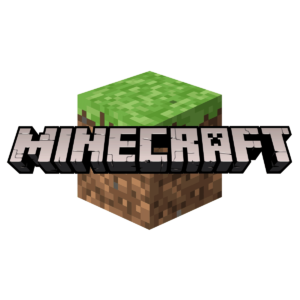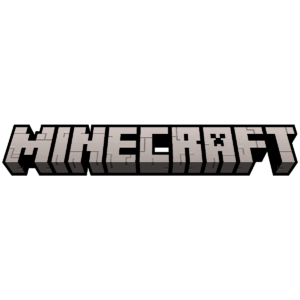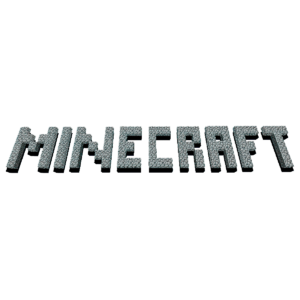Minecraft was first developed by Markus Persson, also known as “Notch,” and released to the public as an early prototype on May 17, 2009. Inspired by games like Dwarf Fortress, Infiniminer, and RollerCoaster Tycoon, Notch aimed to create a sandbox world where players could build, explore, and survive in a procedurally generated 3D environment. Initially a simple block-based game with limited features, Minecraft quickly gained popularity due to its open-ended gameplay and creative possibilities. By 2011, the game had grown a substantial fanbase, and Mojang, the company behind Minecraft, officially released version 1.0 at MineCon that November.
Over the years, Minecraft evolved into one of the most influential games in history. Microsoft acquired Mojang and the rights to Minecraft in 2014 for $2.5 billion, further boosting its development and global reach. The game expanded beyond PC to consoles, mobile devices, and even educational platforms with the launch of Minecraft: Education Edition. Regular updates have added new biomes, mobs, mechanics, and dimensions, keeping the community engaged for over a decade. Its cultural impact is massive, inspiring everything from YouTube empires to coding curriculums and even architecture classes. Minecraft is not just a game—it’s a digital platform for creativity, learning, and global community.






